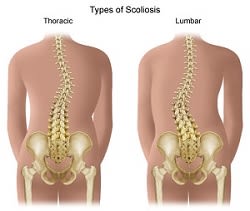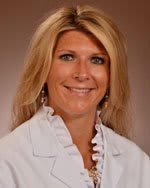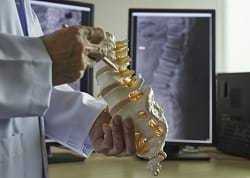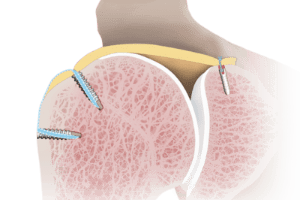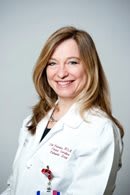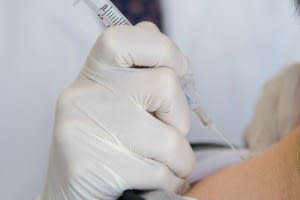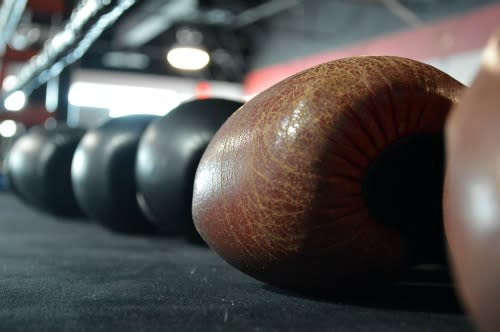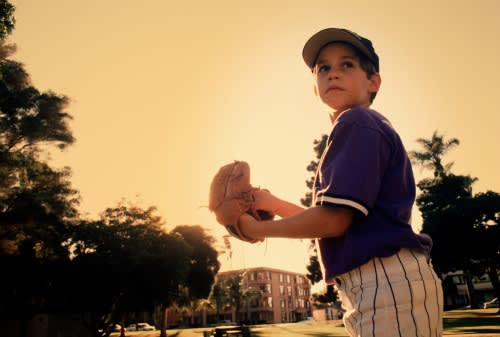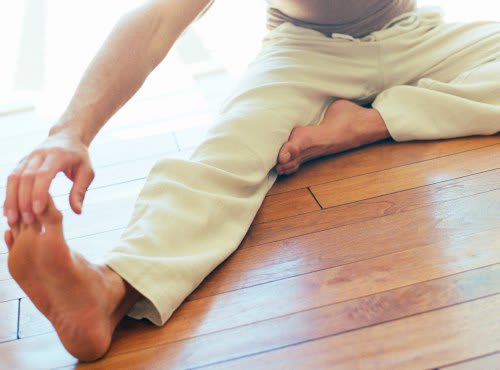Scoliosis Screening: What to Expect
Published: August 30, 2016l
By Krishn M. Sharma, MD
Summer is almost over and it will soon be time to head back to school. That means new teachers, homework, and for some kids... scoliosis screening.
Scoliosis is an abnormal curvature of the spine. It's often described as a C- or S- shaped curve and may involve the upper back, lower back, or a combination of both. While there is a genetic component to scoliosis, there are other causative factors that are not completely understood, including hormonal, biochemical, and mechanical. Screening started back in the 1970's and for numerous reasons, it is not standard of care in all regions.
What should you expect IF your child is screened? Screening is based on observation. Screeners look for asymmetry of the shoulders or waist, prominence of the shoulder blades or ribs, leaning to one side, or if the head is not centered over the pelvis. The Adam's Forward Bend Test is usually performed as well. Children and adolescents are asked to stand straight and tall followed by bending forward at the waist while the spine is evaluated. The examiner looks for one side of the back to be higher then the other or if there is any other asymmetry. A scoliometer may be used to help determine severity of the curve. If any of these findings are present your child may be referred for further evaluation with a specialist, usually an orthopedic surgeon.
The specialist will evaluate your child further and most likely order an x-ray of the spine. Scoliosis is definitively diagnosed with an x-ray and the degree of curvature can be measured. Treatment depends on several factors including, but not limited to, the age of the child, degree of curvature and skeletal maturity. Treatment options that have been studied and have scientific basis include observation, bracing, and surgery. There are other less conventional methods including Schroth physical therapy and yoga but these have not been extensively studied. Your specialist can discuss the pros and cons of treatment in detail.
For more information contact your local orthopedic surgeon with expertisein scoliosis.
Summer is almost over and it will soon be time to head back to school. That means new teachers, homework, and for some kids... scoliosis screening.
Scoliosis is an abnormal curvature of the spine. It's often described as a C- or S- shaped curve and may involve the upper back, lower back, or a combination of both. While there is a genetic component to scoliosis, there are other causative factors that are not completely understood, including hormonal, biochemical, and mechanical. Screening started back in the 1970's and for numerous reasons, it is not standard of care in all regions.
What should you expect IF your child is screened? Screening is based on observation. Screeners look for asymmetry of the shoulders or waist, prominence of the shoulder blades or ribs, leaning to one side, or if the head is not centered over the pelvis. The Adam's Forward Bend Test is usually performed as well. Children and adolescents are asked to stand straight and tall followed by bending forward at the waist while the spine is evaluated. The examiner looks for one side of the back to be higher then the other or if there is any other asymmetry. A scoliometer may be used to help determine severity of the curve. If any of these findings are present your child may be referred for further evaluation with a specialist, usually an orthopedic surgeon.
The specialist will evaluate your child further and most likely order an x-ray of the spine. Scoliosis is definitively diagnosed with an x-ray and the degree of curvature can be measured. Treatment depends on several factors including, but not limited to, the age of the child, degree of curvature and skeletal maturity. Treatment options that have been studied and have scientific basis include observation, bracing, and surgery. There are other less conventional methods including Schroth physical therapy and yoga but these have not been extensively studied. Your specialist can discuss the pros and cons of treatment in detail.
For more information contact your local orthopedic surgeon with expertisein scoliosis.


